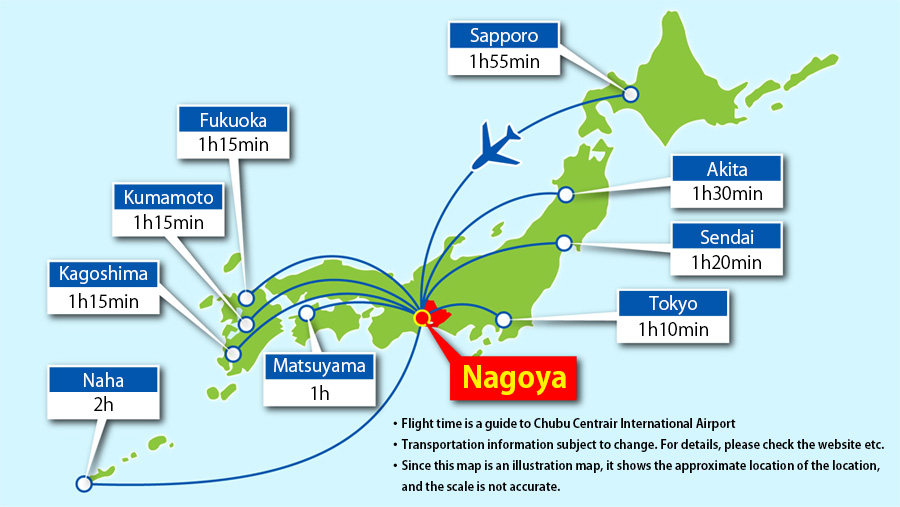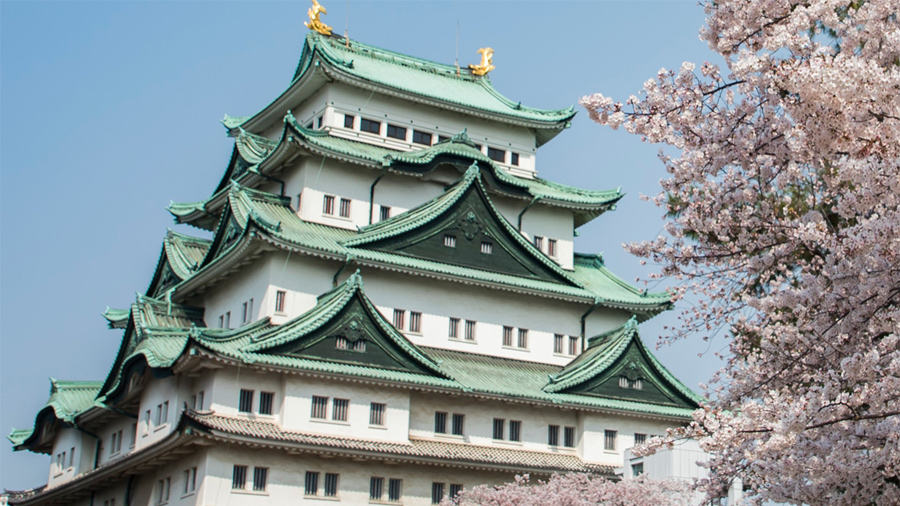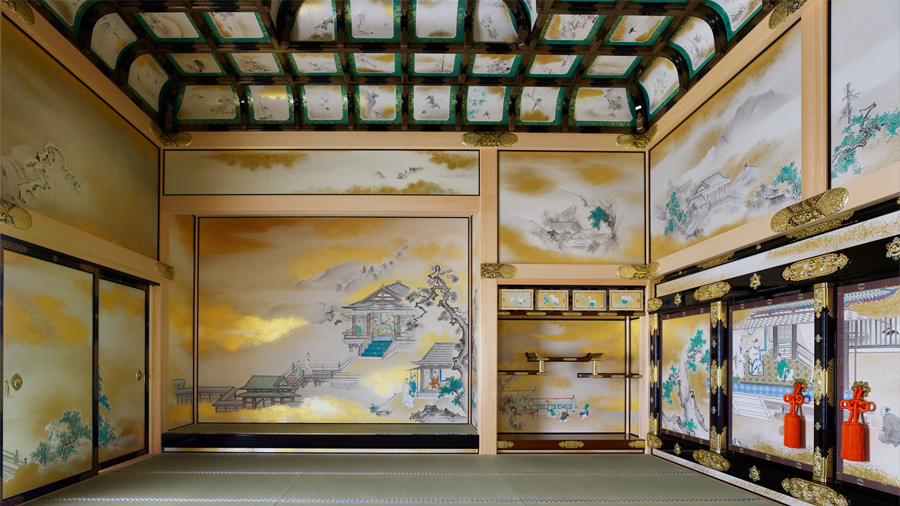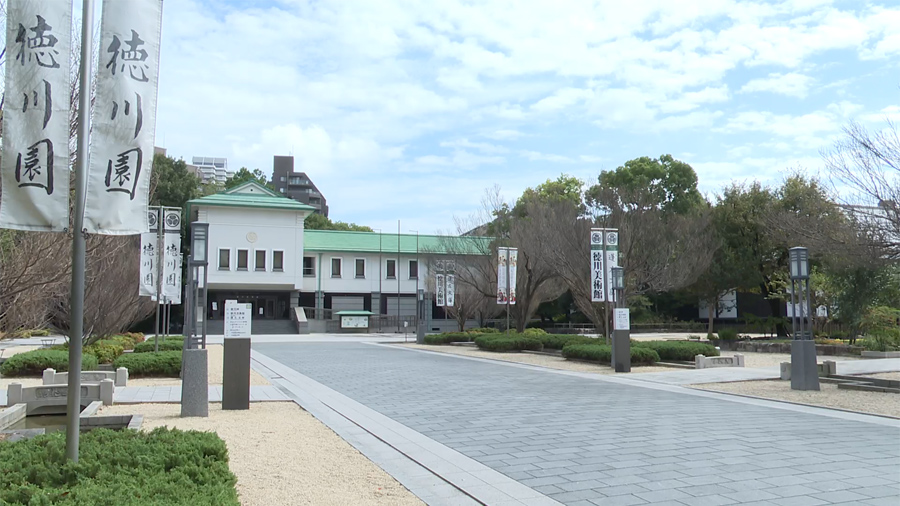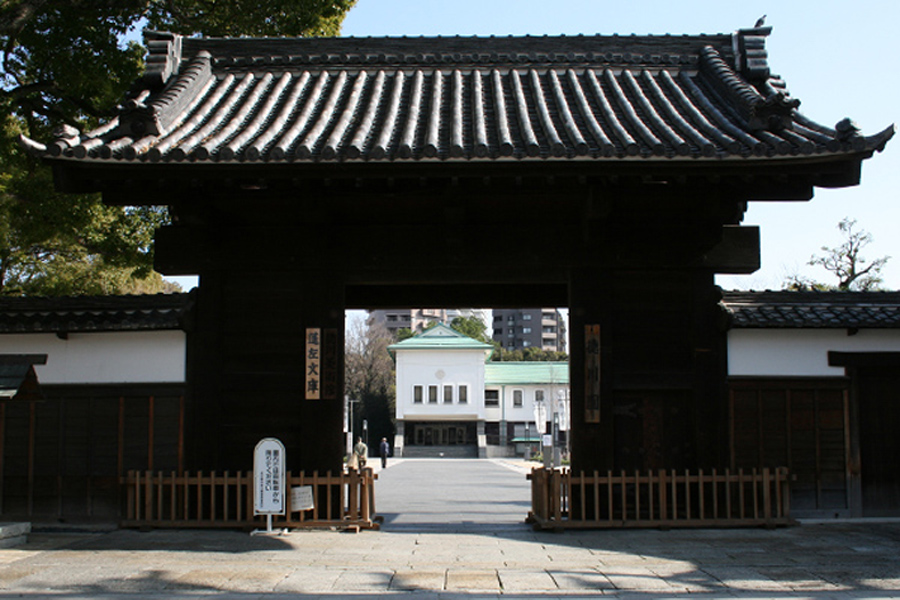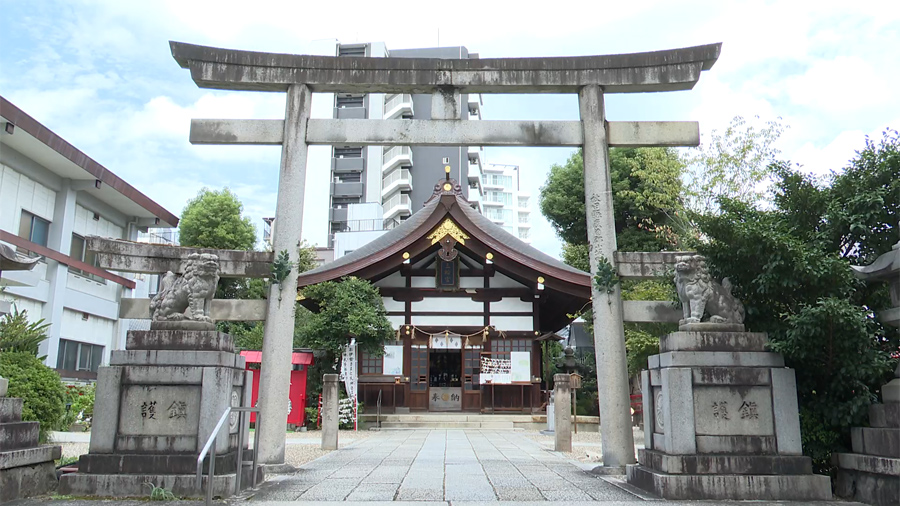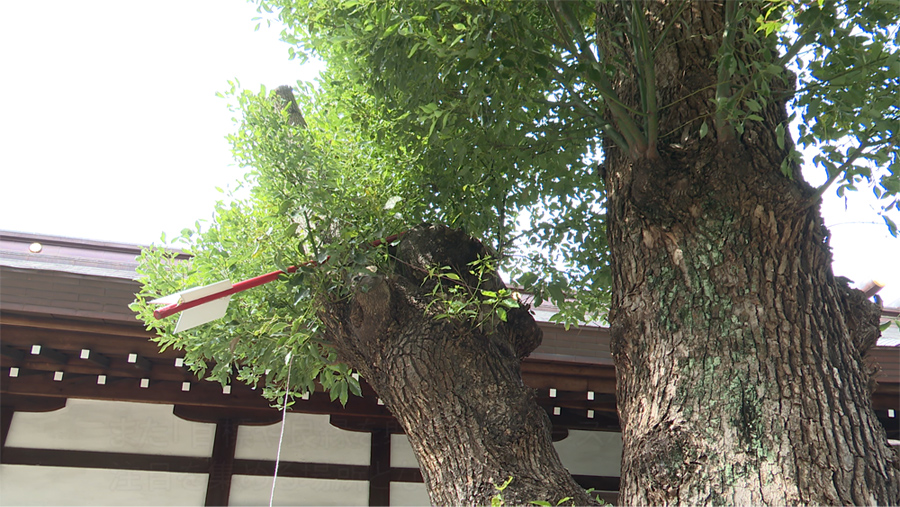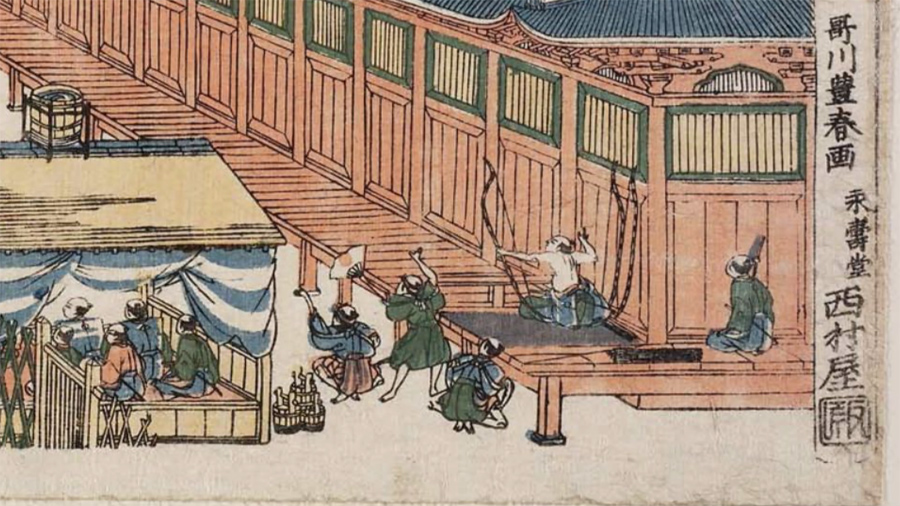About Martial arts and Japanese spirituality
Martial arts is a culture of mental and physical training derived from Japanese culture that emphasizes enhancing spirituality as a person, unlike sports that aim to win or lose or break records by moving the body. It respects etiquette, which is the spirit of Bushido, Way of Samurai, established in the Edo period, and has moral spirit such as respect and gratitude for the other party and self-discipline. For example, if you shout out your feelings because you won the game, you will lose respect for the opponent who fought the same. Controlling emotions and facing humbly and powerfully are required as the "way" of "Samurai." It can be said that it is a movement culture unique to Japan that is not found in the world.
Currently, there are martial arts such as judo, karate, kendo, sumo, archery, aikido, shorinji kempo, and naginata. In addition to traditional training halls, many people learn from school club activities, lessons, etc., and are working to improve their own mind and body.

